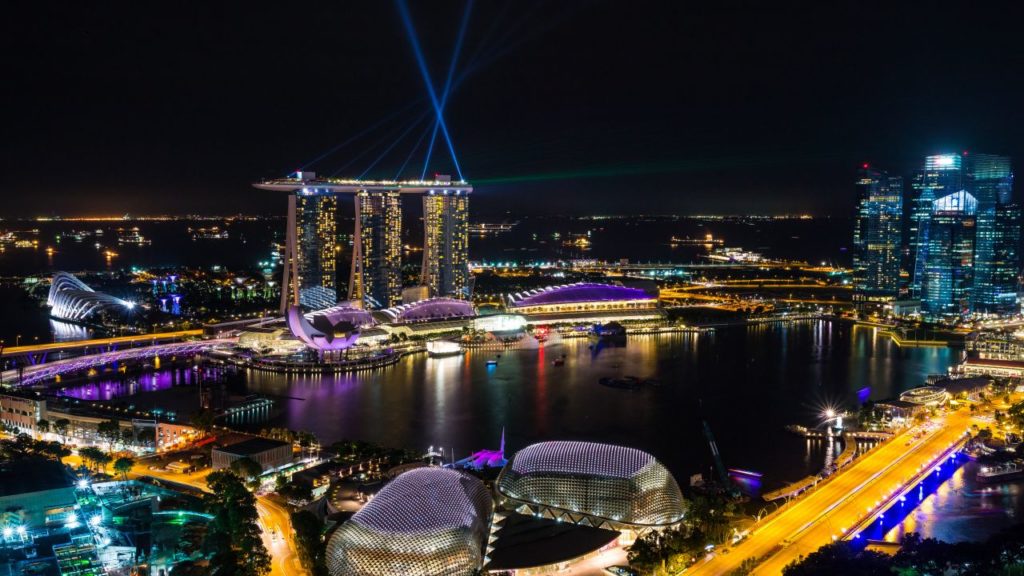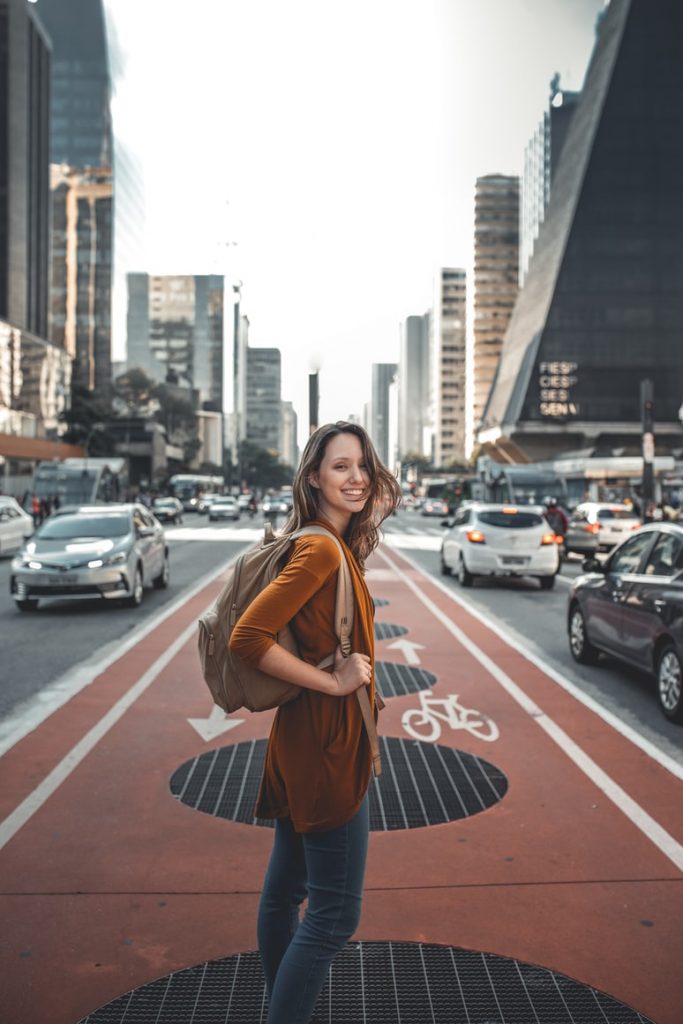Overview
This little country on the Malay Peninsula invites you to visit its landmarks. It’s one of the three sovereign city-states still in existence in the world and the only one that’s an island. But don’t let that fool you, as the country offers plenty of activities and a staggering spectacle of a play of lighting and architecture.
The city-state lies on the main island and encompasses an additional fifty smaller neighboring islands. The city of Singapore differs from its neighboring Asian metropolises mostly in cleanliness and tidiness. The airport in Singapore is an international hub, which means flight connections to this part of the world are excellent. More than fifty large ships arrive in the country’s port each day. Tourism is booming and communicating doesn’t pose any difficulties because English is an official language. English traditions, however, are noticeable elsewhere, for example, lining up in queues. Singapore is one of the wealthiest countries in the world and it also intends to remain as such, including through its strict laws. One of these laws imposed a ban on chewing gum sales. Travelers are particularly advised against littering while exploring the country because it can result in fines and street cleaning punishment.
Singapore is the country’s capital and its only city. It’s a large business and shopping center. But don’t get too excited, there’s not much sympathy for consumers who are cautious with their money. But you can have a go at haggling even in the most modern of shopping centers. There are massive sales in June and July. Public transport is perfectly organized, though you should still think twice before taking out that sandwich on a metro. Before entering the city center, you can get into one of the numerous cars that are waiting for travelers, as they can’t drive off without them, but you should still tour the city on foot and experience the world of views, sounds and smells.
The island’s interior is almost completely built up with very few remnants of swamps and tropical forests, which used to cover the whole island up until the 19th century when there was a sharp economic upturn that led to one of the most developed countries of the contemporary era. Despite this, the inhabitants still try to preserve their own culture, which allows travelers to experience interesting cultural mixes in a small area.












